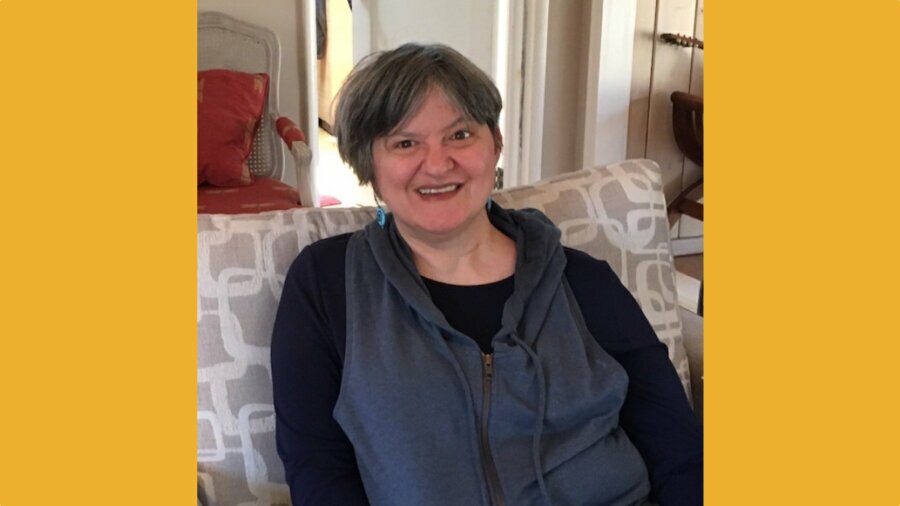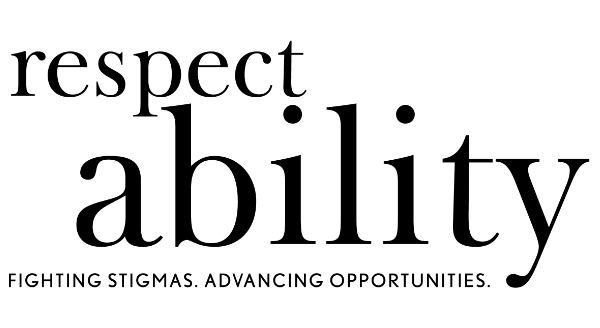
2021 Disability Pride Flag
The original disability pride flag, created by Ann Magill in 2019, underwent a makeover by Magill for accessibility purposes in 2021. They altered the original zigzagged design because it worsened symptoms for individuals with visually triggered disabilities, including seizure and migraine disorders. Magill’s updated design features muted colors and a straight diagonal band from the top left to the bottom right corner.
The original flag’s zigzags represented how disabled people creatively navigate barriers. On the improved flag, the parallel stripes stand for intracommunal solidarity. The colors on the flag symbolize various disability experiences. The black background mourns disabled people who have died due to negligence, suicide, rebellion, illness, and eugenics. The stripe’s color represents disability types:
- Red: physical disabilities
- Gold: cognitive and intellectual disabilities
- White: nonvisible and undiagnosed disabilities
- Blue: psychiatric disabilities
- Green: sensory disabilities
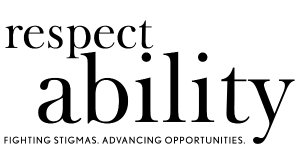


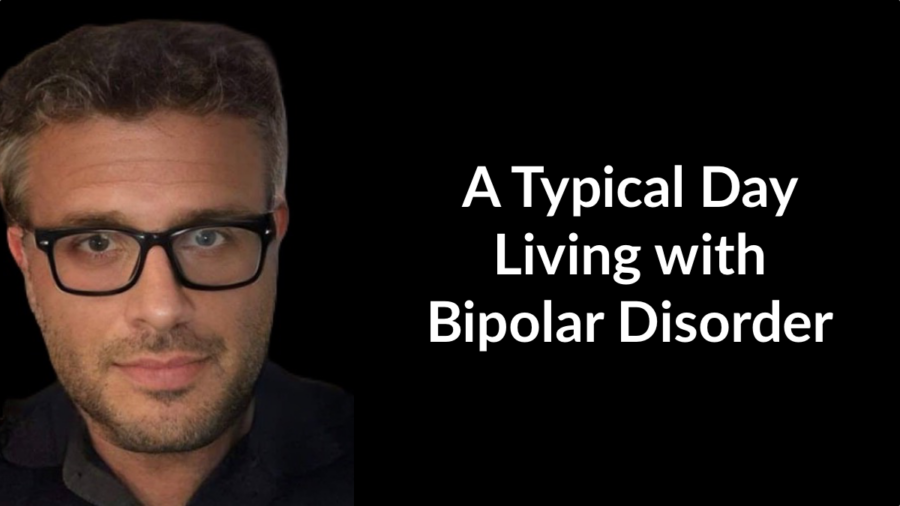

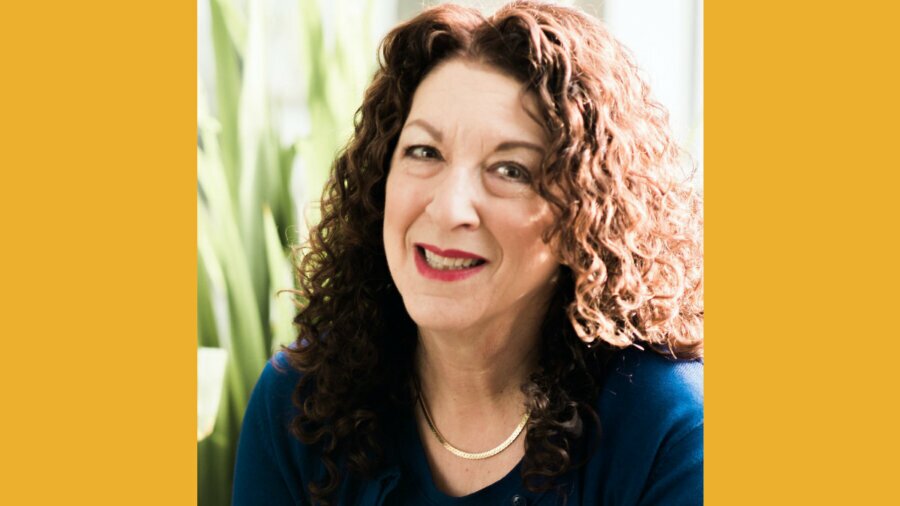

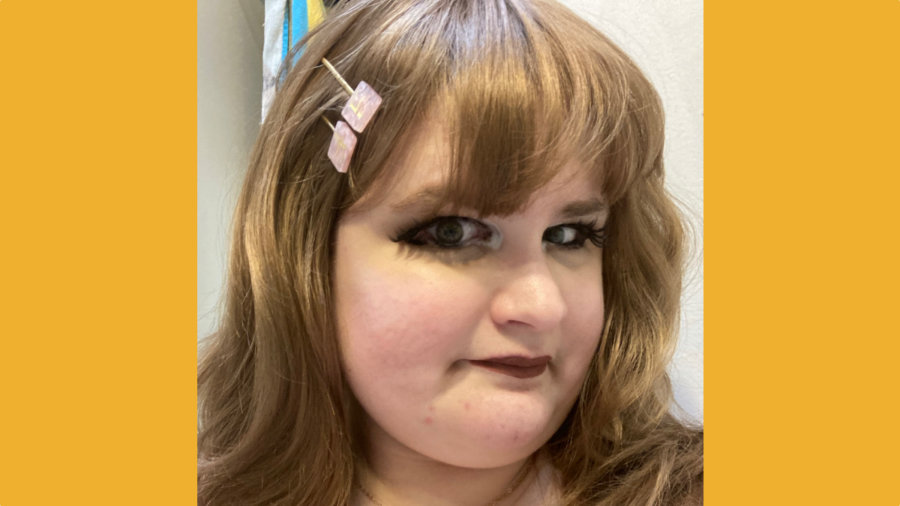



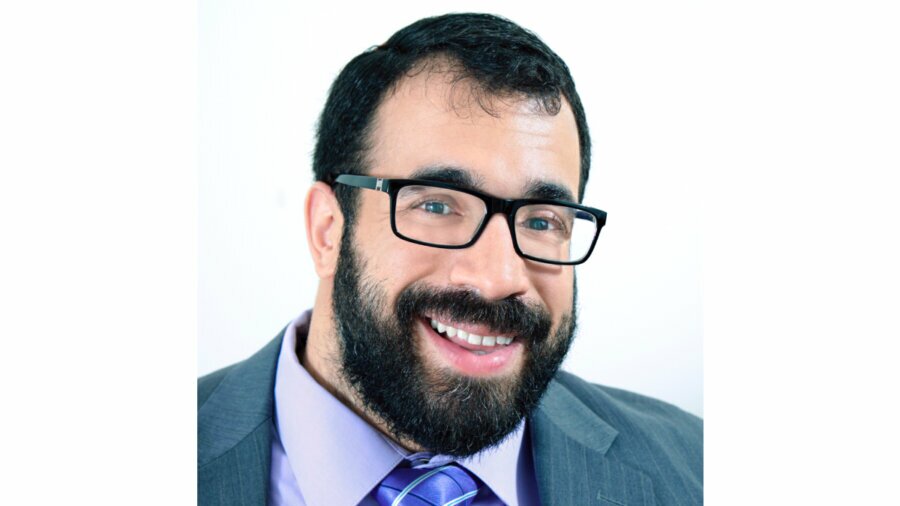

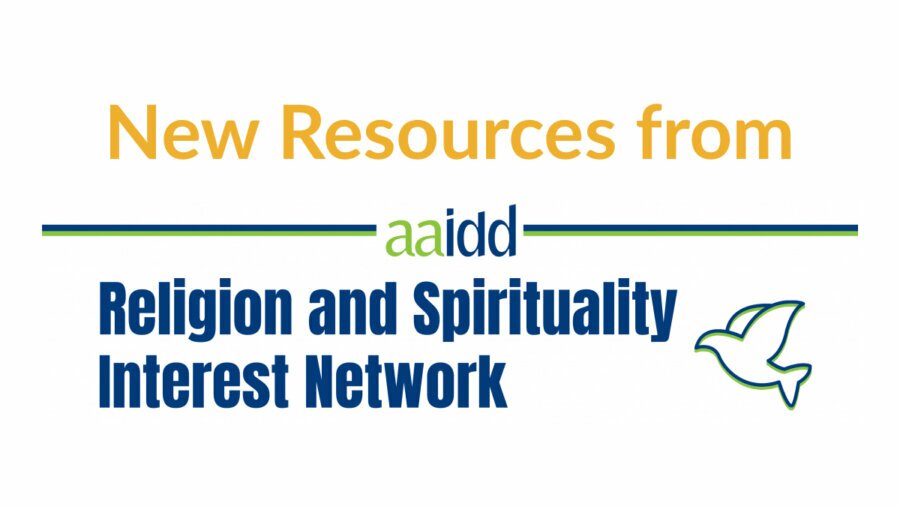
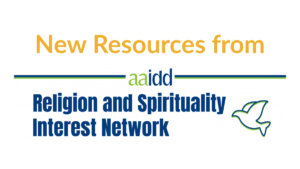 Interfaith conversations and programs are a staple of the
Interfaith conversations and programs are a staple of the 